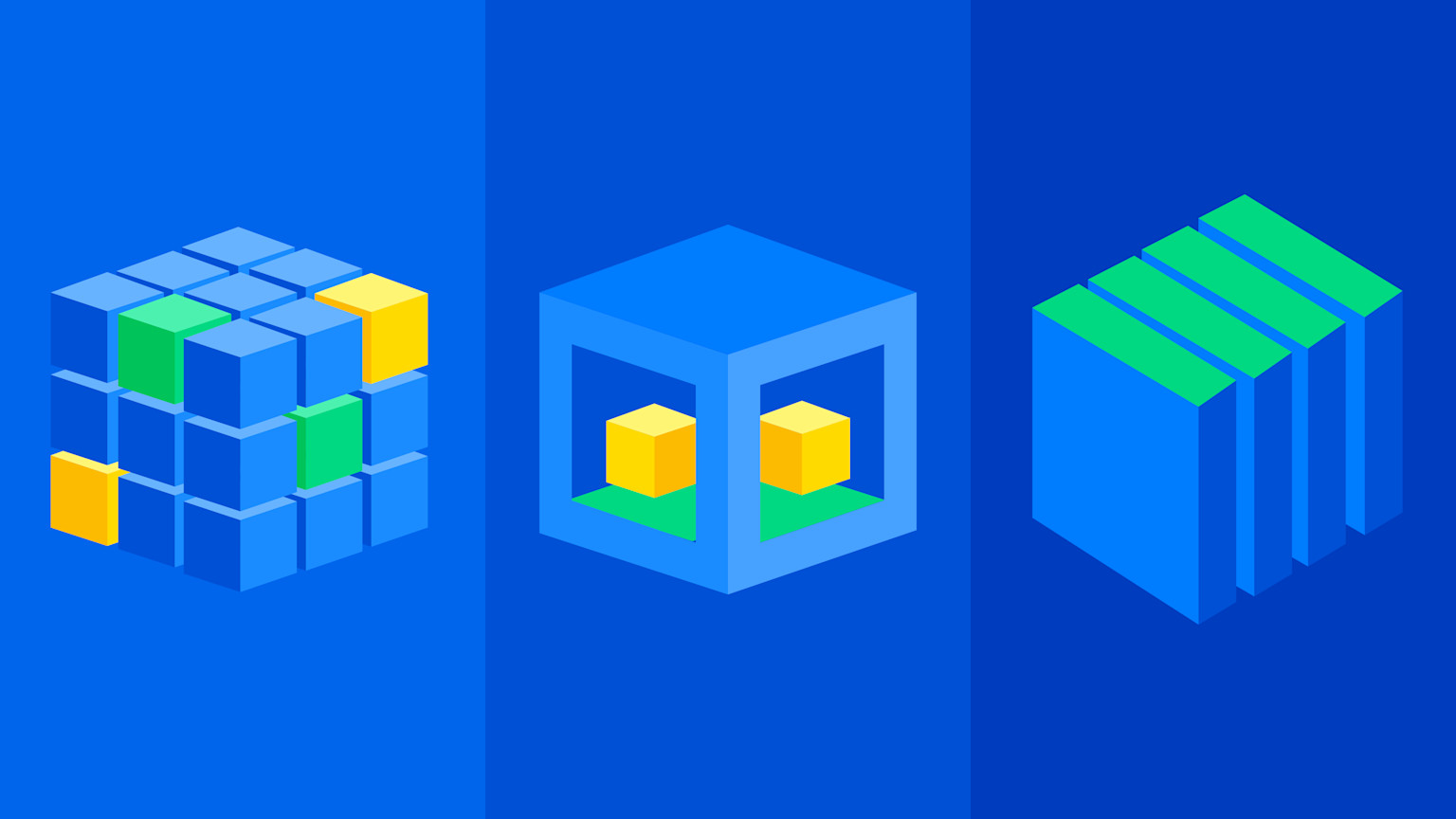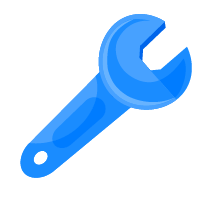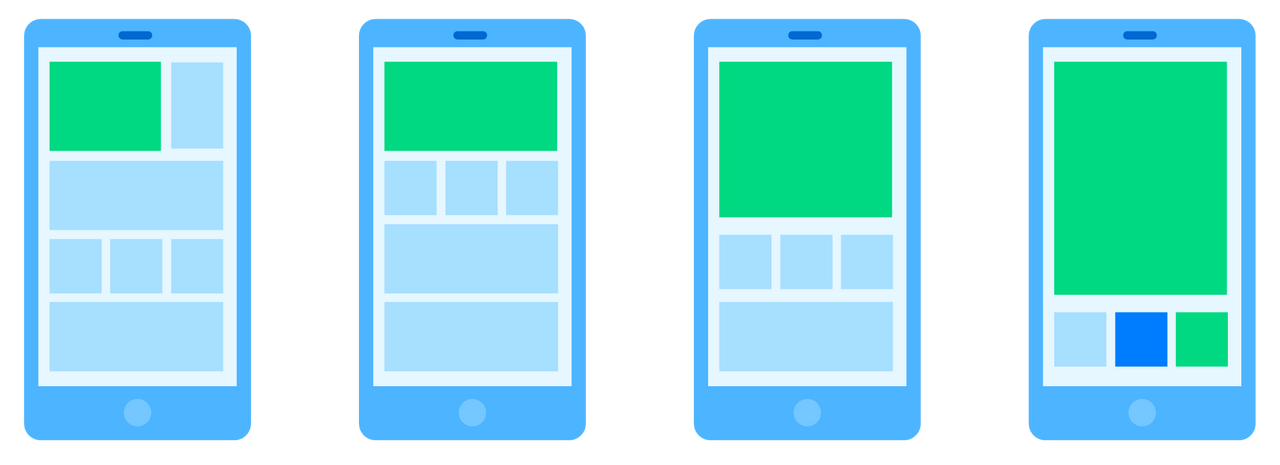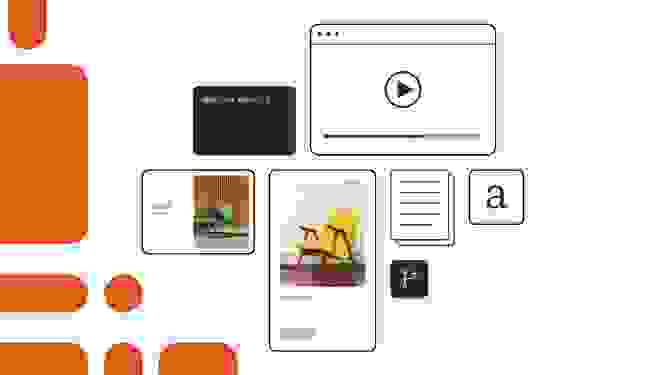MACH-ing the jump to composable: Experts from Contentful and Commerce Layer weigh in

In the world of composable technology, a not-so-little upcoming event is MACH-ing a lot of noise — it’s the MACH Two conference. The two-day event, which takes place June 13-14 in Amsterdam is slated to include 20+ speakers who’ll engage with attendees through panels, breakout sessions, and workshops.
A major tenet of this event is that it’s exclusively for end-user business leaders and MACH Alliance members (Contentful included). If your name isn’t on the list, perhaps you’ll be able to gain some nuggets of wisdom secondhand — and with the event focusing on harnessing composable technology to deliver business value faster, they’ll be plenty important.
As the Senior Director of Solution Engineering EMEA at Contentful and a sitting member of the MACH Alliance’s Tech Council, I’m pleased to be able to share some MACH Alliance knowledge with you to coincide with the event.
Out of a sheer inability to contain my excitement about the upcoming event and all things MACH, I reached out to Sean Skamnes, VP of Partnerships at Commerce Layer — which happens to be one of our partners — to chat about what we might expect from the event and why MACH solutions and the alliance are so important for companies on the search for new technology.
If you’ve ever fancied being a fly on the wall during a chat between two guys who geek out over composability, commerce, content, and cycling (more on that in a minute), now is your chance! Here’s a rundown of my conversation with Sean.
What are you most excited about for the conference?
Sean Skamnes: Not to spoil things, but I’ll give you a rundown of what I’m most excited about. First, we're sponsoring a ride from Amsterdam to the coast with our friends at Rapha. That’ll take place on Monday and be a sort of a “kickoff” for the conference.
Looking more closely at the actual conference agenda, there will be plenty of opportunities to mix and mingle with our other members of the alliance. I’m curious to see how coming together will drive new solutions following the event. There’s also an awards portion. Shameless boast, we're a finalist for one in the healthcare space alongside our client Toman Medical.
Charlie Bell: I'm pretty excited about that ride too. I’m even bringing my own bike. It's a fold-up though — so a bit more modest and easier to transport.
I’d like to point out that this is only the second MACH Alliance conference ever. That really speaks to the newness of our composable world so many of us now live in. But not everyone has made the transition from older, monolithic platforms. Some are just now realizing that something is off and that presents differently for different MACH Alliance members.
In the case of content solutions, prospects come with the understanding that their content needs to be restructured for reuse across channels. In the case of commerce, realizations are tied to product listings and information, check-out capabilities, and whatever else you can think of.
It’ll also be interesting to see what changes have taken place in the industry since that first conference. I think there will be more real-world insight into customers pertaining to how they engage with us and how we support them.

What is the MACH Alliance?
Charlie: The MACH Alliance safeguards the very definition of what MACH solutions are as a whole. We advocate for an open and best-of-breed enterprise technology ecosystem and educate customers on the benefits of these solutions.
Let me quickly break down that acronym. With MACH, you can connect microservices that support individual functionalities (that’s the “M”) via application programming interfaces (the “A”) that are cloud-native or cloud-first (the “C”), and the headless nature of the user interfaces, be they apps, websites, touchscreens, or anything else you can think of (the “H”).
Sean: Well said. I’d like to add that MACH is not necessarily the same as headless. Simply put, headless experiences denote decoupled back- and frontends.
Back in the day when commerce platforms were tied to CMSes, businesses could only move as fast as the commerce platform. You’d have marketing teams wanting to make content updates on an hourly, daily, weekly, and even monthly basis and the engineers would put their foot down because it didn’t fit in with the sprints. Every project had a deadline that was six months out and it wasn’t really negotiable.
Separating these pieces really began to unlock flexibility and velocity. We advocate for our customers to take a headless approach to what they do, but with a MACH architecture being the base of it.
How does MACH technology differ from more longstanding, all-in-one tools?
Charlie: It’s funny. For those of us that have been in the industry for some time — especially in the “suite” world (not to be confused with “sweet”), it seems like the MACH Alliance and MACH solutions have been around much longer than they really have.
I think that comes down to a lot of the big monolithic players coming to offer a “basket of solutions.” What I mean by that is that companies like Drupal/Acquia, Adobe, and Sitecore built a single application from scratch and then expanded functionalities through the acquisition of other, smaller vendors, making them somewhat “composable” under the hood.
For customers, they aren’t composable. There’s no freedom to tools offered by other vendors — they are stuck with whatever that company decided to acquire or build. I’d define “composable” solutions as those that don’t lock you into a single vendor. If you sign a contract for a tool that achieves a single, specific business need, that’s composable. And if you want to combine tools from different vendors to achieve the best business outcomes, that’s composability.
Sean: It’s doing one thing, and doing that one thing really well. For us, it's commerce, for Contentful it's content. MACH solutions enable customers to go into the market and pick the solution that fits best for them — whether that be long-term or more short-term, for a specific project or moment in time.
And I’d like to point out that these can be added to more monolithic tools. We’ve seen thousands of customers do just that. Outside of the contract that Charlie mentioned, it boils down to a promise that it all works together within this connected environment.
Charlie: Also, when it comes to picking an all-in-one suite, there is this misconception that initial setup, daily use, and management will be easier because everything is connected from the get-go. The problem is that these vendors can be coy. They don’t want to sell you every feature off the bat. They’ll sell them separately over time to guarantee repeat purchases — and this is all done with the label that the solution is “componentized.”

Would you say requests for proposals (RFPs) are useful when narrowing down shopping for MACH tools?
Charlie: I'm not sure any technology vendors are fans of RFPs. And with composable, we seem to be entering a phase where they are less effective. Companies are talking to a bunch of vendors for this business need and another group for another. What are they going to do? Ask for individual RFPs for every tool being considered across their stack? Whittling that all down would be (and often is) a nightmare.
Sean: It’s really challenging for composable vendors to present RFPs that level up to those offered by suites, legacy, or monolithic solutions. Brands that want to buy a commerce platform might be considering something like Adobe Commerce or something hybrid like Salesforce Commerce Cloud. The label on these promises to offer everything a brand needs so the RFP tends to be more impressive than that of our products, which might only address one-third of business needs. It ignores how well we might address that need, though. The focus with these is on quantity vs. quality.
Is there a better alternative to RFPs?
Charlie: A proof of concept (PoC) is more reliable. They enable companies to build something small with vendor support and be really hands-on. Not only do they get a feel for the technology and some sense of the business impact, but they’ll also find out what they can expect from that vendor going forward. Customers often engage with Contentful after having conducted their own PoC (i.e., building something with our Free plan).
Sean: I think structurally, the solicitation of information around solutions needs to be different. I'd like to see the MACH Alliance, this collective group of vendors, come together to build out something new to help prospects evaluate tools differently. The more we can do around that, the better off we, and our shared clients and customers, will be.

Why is now the best time to adopt MACH technologies?
Charlie: We’re in sort of an odd macroeconomic climate — in many ways, it’s an inflection point for companies to move toward composable, dynamic solutions. You have some companies choosing to pivot in the direction of MACH solutions, understanding that it is an investment in technology that enables them to build modern experiences that evolve with shifting customer expectations.
The risk is being one of the companies that does nothing — that waits to feel 100% sure before making the switch, not understanding how well-formed and battle-tested these solutions are. Those that sit on their hands to “see what happens” are the same ones who wake up three years later and find they’re sorely behind. There are plenty of cautionary tales about it.
There’s also a hidden risk in the content space. Many platforms are relatively new. No one buying wants to be a beta tester. Having been around for a decade, Contentful has supported countless brands (big and small) through Black Fridays, Cyber Mondays, product launches, and global events. As I see it, if a platform meets your functional needs, the next thing to do is ask, “If something goes wrong, who’s there to help me?”
Sean: You don’t want to be left in the dust. Think about the pandemic — it was an opportunity where you could really see that digitally advanced brands were getting a return on their investments. These were the brands that weren’t struggling and had the tools to pivot their approach, operations, and offerings for the then-present state of the market.
That’s the kind of capability that MACH technology lends itself to. And like you said, people's expectations for digital experiences aren't getting any lower. You have to create something incredible — and not just once, but over and over again.
Do MACH tools actually offer companies an advantage in “uncertain” times?
Charlie: For sure. Doing nothing comes at a cost. You’re paying for licensing and hosting (or a managed service) to stand still. Smart companies see this as an opportunity to revisit their budget and restrategize. They look at the renewal terms of their legacy technology and then plan their migration off it — that’s an extremely savvy approach.
Sean: It's interesting. There are studies that show, even in economically difficult times, the brands that continue to invest in advertising, marketing, and technology development are more likely to survive. That’s not to ignore how daunting it can be to change and then also make a change in economically uncertain times, however.

What if a company isn’t ready to completely trade its monolithic tools for microservices? Is there a sweet spot for making the switch?
Sean: Totally — it's important to understand you don’t have to do a complete rip and replace of your technology. For some companies, this might be the preference. For others, it might be easier to take an iterative approach to migration. At Commerce Layer, we find it sort of fun to puzzle together how a transition can be more manageable for a brand. This takes shape in a project roadmap that shows a brand what it can do and steps to achieve it.
Charlie: We see many Contentful customers take that more segmented approach to adopt composable technology. They’ll add Contentful — and maybe another tool or two — to their old CMS or another monolith as a source for content and slowly migrate from there with a target date for full adoption in mind. It’s not all or nothing — which isn’t usually true for legacy platforms that couldn’t be run alongside other solutions.
Wrapping up
Clearly, Sean and I are fans of adopting a composable strategy, but we know that not everything happens at once.
That's why I'm such a fan of the MACH Alliance — it promotes technology AND implementation best practices that make migrating a smoother process. We'll be discussing all of this and more in Amsterdam this week at MACH Two, and I'll happily share any additional tidbits I pick up at the event.
Have we piqued your curiosity about the MACH Alliance? Are you wondering how Contentful fits in? Here’s a resource that explains our connection and involvement in a bit more detail.



